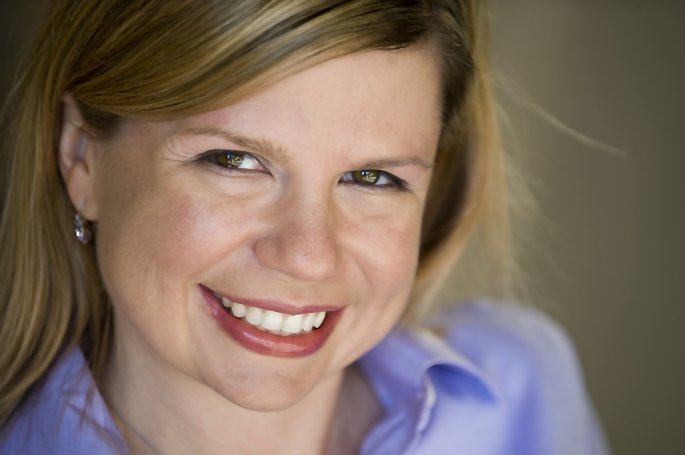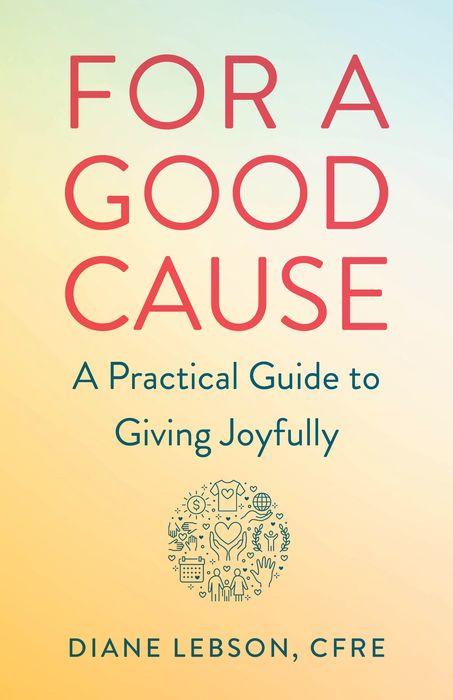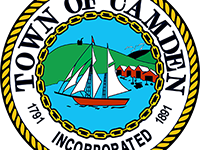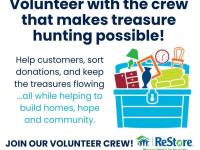Camden author provides insight to philanthropy, charitable volunteering
CAMDEN — Have you ever wondered if the charity to which you are donating is actually putting your money to good work? Or, perhaps you have pondered how you can become better involved with a nonprofit and offer more to a cause close to your heart. Maybe, you are on the board of a nonprofit and contemplating how to move the charity to new heights.
For A Good Cause: A Practical Guide to Giving Joyfully, a new book authored by Camden philanthropist Diane Lebson, strives to answer those questions, and more.
The book is tailored toward women, a move Lebson said was driven, in part, because women, “do their research and want to do things right; men are more likely to jump right in.”
The book is regarded as the first of its kind, a formal guide for volunteers and activists looking to navigate the world of philanthropy.
Lebson spoke with more than two dozen female philanthropists to curate their insight into a one-stop resource. She also leans on her nonprofit experience, which includes more than two decades of nonprofit work. She has worked with an international nongovernmental organization working with orphans and abandoned children, a public library foundation, with the American Red Cross, United Way and the U.S. Embassy in Australia.
As part of her work with United Way, she built a women’s giving program that has raised more than $2 billion and mobilized 70,000 philanthropists.
Ahead of the book’s release Oct. 12, PenBayPilot.com corresponded with Lebson for a short Q&A on what readers will glean from her book. The book can be preordered now through Amazon and Barnes & Noble.
Lebson will speak about the book Nov. 2 during an event at the Camden Public Library. More information on the event will be forthcoming.
Q. There's a plethora of great material in the book, but what chapters are the most important for a volunteer to read, in order to better understand what it means to a useful volunteer.
A. The first three chapters of For A Good Cause are the most important, as they are foundation for volunteer service. Many of us fall into volunteering because someone asked us — we don’t often stop and think about what is the best use of our volunteer time.
The first chapter invites people to take a step back and be intentional about selecting the causes for which they volunteer.
The second chapter encourages people to research the organizations with which they are considering getting involved. It offers tips on how to determine if a charity is effectively managing its finances and the importance of interviewing staff or volunteer leaders to make sure that the organization is aligned with your values.
The third chapter highlights the importance of being sensitive to the larger context in which the charity operates. In addition to being aware of issues related to diversity, equity, and inclusion, volunteers need to defer to experts in the field who have a deeper understanding of what nonprofit clients need.
Volunteer is a word with a lot of meanings, from donor to participant to board member to advocate. This book addresses all of them and encourages women to find the right role for them.
Q. What moved you to create this guide, and why did you decide to tailor the guide exclusively towards women?
A. I wrote For A Good Cause because I wanted to help women become effective change agents. One thing I have learned so far in my career is that women do their research and want to do things right; men are more likely to jump right in.
Before embarking upon any major endeavor, women scour the internet, talk with their friends who might have worked on similar projects, develop step-by-step action plans.
While this level of thoroughness positions female philanthropists to do their work well, it also obstructs them from hitting the ground running — which is a significant challenge if their work is urgent (e.g., helping Afghan women flee the Taliban within a short period of time).
Q. How can spouses/partners best support their significant other's nonprofit commitments, whether that be volunteering, donations or other ways.
A. A partner can best support their loved one’s nonprofit commitments by being their accountability partner. There is a chapter in the book about drawing boundaries to avoid burnout — committed volunteers sometimes develop a blind spot about their efforts and can lose track of their time, resources, and impact.
A spouse can be an objective accountability partner by asking questions about their loved one’s involvement to ensure that she is accomplishing what she first set out to do through her nonprofit vocation. Beyond that, being a supporter and cheerleader is always nice as well.
Q. What does it mean to you to be a successful volunteer, and, in a nutshell, what advice do you have for someone to be a successful volunteer?
A. Being a successful volunteer means being aware of why you are engaging in a particular activity and being vigilant to ensure that what you are doing is creating the desired effect.
Particularly on the Midcoast, there are so many ways that we can volunteer — we need to keep in mind why we do what we do and occasionally take stock of what we are doing to ensure that it is still making a difference.
If a volunteer is committed to a cause, she will be more effective and that will be personally fulfilling for her.
Q. What's the most important takeaway people should understand about the power of social media when it comes to recruiting volunteers and soliciting donations?
A. Volunteers, donors, and other advocates have the power to help their charity of choice by posting their involvement on their personal social media pages.
The most effective way that nonprofits can build their volunteer and donor bases is through people who are already involved and post about their experiences on their platforms.
These posts not only raise the awareness of nonprofit organizations to new audiences, they also validate to others that the organization is a worthy cause.
Event Date
Address
United States































